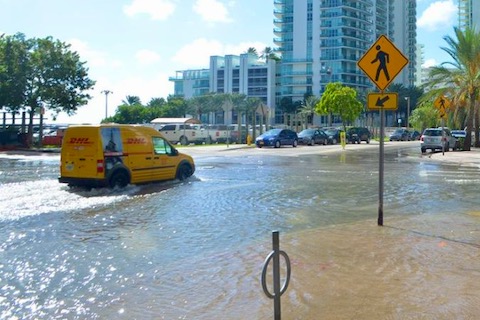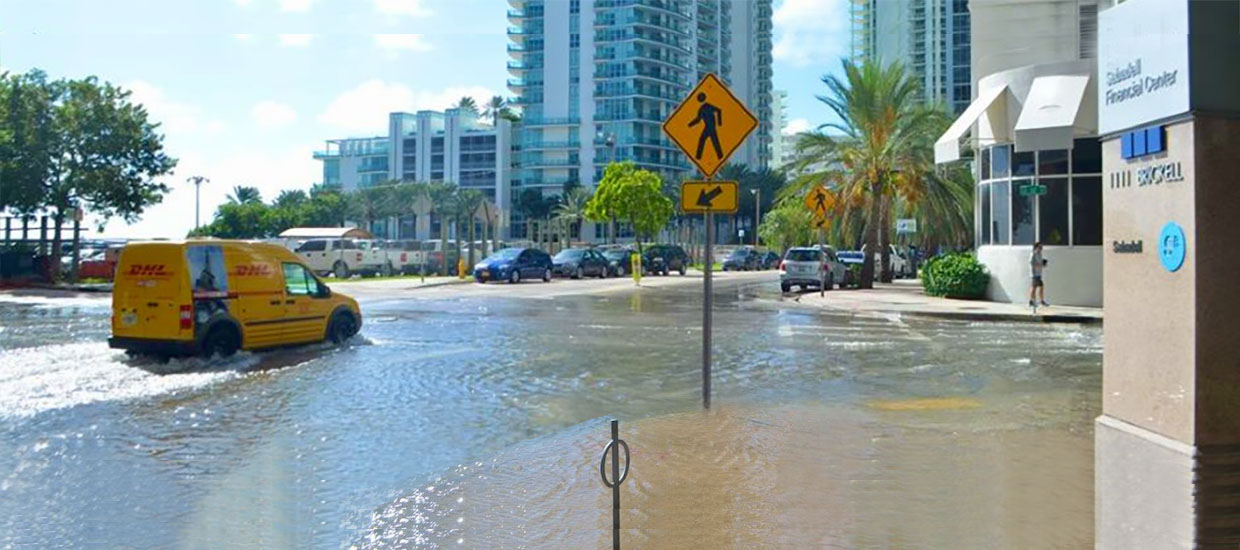Course Outline:
Module 1:
What is sea level rise? (Lisa Beal & Igor Kamenkovich)
Global and regional signals of SLR, main contributors and mechanisms of the global SLR (melting of land ice and ocean warming) and regional fluctuations, and measurements (altimetry, tide gauges)
Module 2:
How has sea level changed before? (Larry Peterson & Gregor Eberli)
Glacial and interglacial cycles and sea level during the Last Glacial Maximum and earlier warm intervals, mechanisms and rates of change, and evidence (δ18O, corals, sedimentary sequences, paleo-shorelines, etc.)
Module 3:
How and where is the ocean warming? (Igor Kamenkovich & Lisa Beal )
Thermal expansion (dependence of density on temperature and salinity), surface heat exchanges with the atmosphere, oceanic mixed layer, vertical exchanges of heat (subduction and convection), and measurements of heat content (WOCE, GO-SHIP, Argo, satellite proxies, etc.)
Module 4:
How and where is the land ice melting?(Will Drennan)
Antarctic and Greenland ice sheets, ice sheet dynamics, glaciers, the Himalayan glacial melt (“third pole”), and measurements (altimetry, GRACE)
Module 5:
Why are there regional differences in sea level and SLR? (Ben Kirtman & Igor Kamenkovich)
Atmospheric pressure, ocean currents (boundary currents, gyres and overturning circulation), climate variability (ENSO).
Module 6:
How does sea level affect the coasts? (Gregor Eberli & Brian Haus)
Flood events, waves, tides, storm surges, subsidence (natural and anthropogenic), isostasy and geomorphology
Module 7:
What is going to happen to sea level in the future? ( Will Drennan & Ben Kirtman)
Climate model projections, committed SLR, emissions scenarios and IPCC predictions and uncertainties.
Module 8:
How can we adapt? (Katharine Mach & Helena Solo Gabriel)
Cities and regions most at risk. Case study Miami: Coastal resilience, water management, policy, construction.





